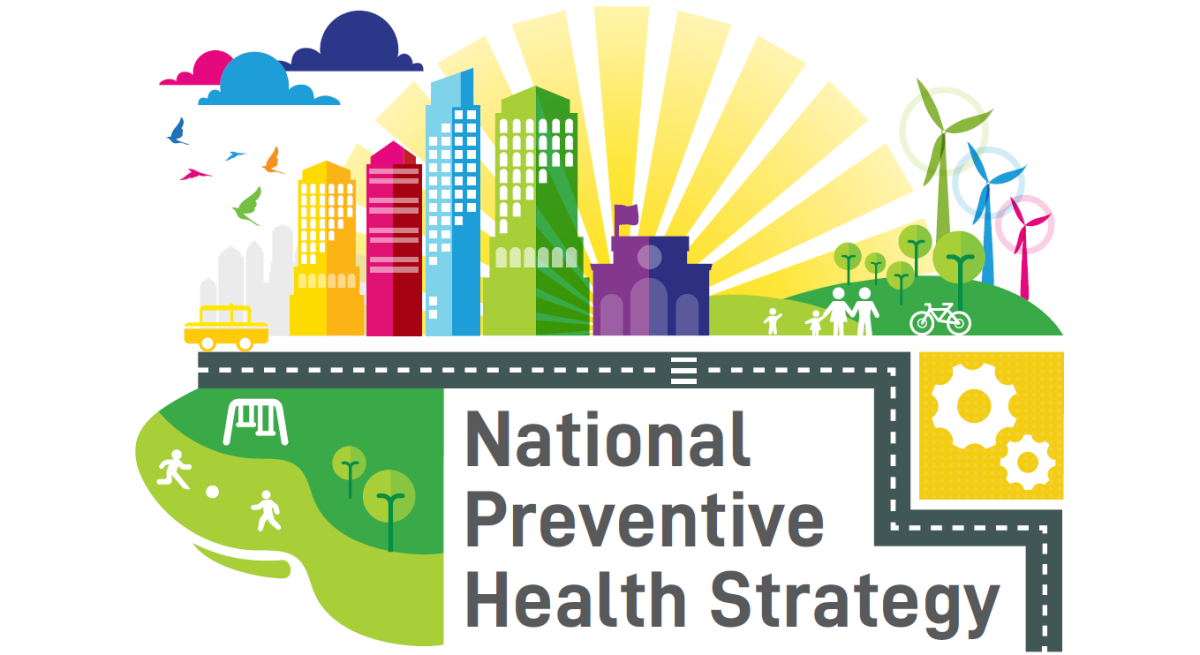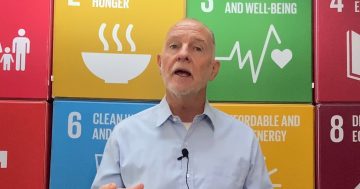
One of the areas in focus for the National Preventive Health Strategy 2021-2030 is to address the growing number of young people using e-cigarette and vaping devices. Image: Department of Health and Aged Care.
The Public Health Association of Australia (PHAA) has called on the Federal Government to prioritise funding for preventive care so the country can keep more hospital beds open for emergencies.
Of greatest concern to the organisation is the growing number of Australians living with chronic disease, which its CEO, Adjunct Professor Terry Slevin, has demanded all levels of government address as a “crisis that cannot be ignored”.
The Australian Bureau of Statistics’ (ABS) most recent National Health Survey showed half of the country’s adult population had a chronic health condition (49.9 per cent) and almost two-thirds were overweight or obese (65.8 per cent).
According to the ABS data from 2022, the half of Australians with chronic conditions most commonly suffered from mental and behavioural conditions (26.1 per cent), back problems (15.7 per cent) and arthritis (14.5 per cent). But it also revealed that along with a decreasing amount of physical activity, excess weight and obesity were increasing across all age groups.
Mr Slevin noted the importance of daily physical activity and a wholefoods diet as vital in the protection against chronic disease.
“There are compounding benefits, since active travel improves people’s physical and mental health and takes much-needed action on climate change,” he said.
“We can make inroads into worrying physical activity trends through government action which supports healthy living, such as investments in active travel, and making it easier for people to incorporate physical activity into their day.
“The simple truth is that more attention needs to be given to prevention across the board.”
Late last year in Perth, part of Mr Slevin’s address to the organisation’s WA branch was on how urgent medical care funding always trumped long-term investments in prevention. But he knew from his nearly 40-year career that the best way to keep the public in good health was by stopping them from becoming ill in the first place.
While Mr Slevin said the government should include the prevention of non-communicable diseases in the priorities for the upcoming Australian Centre for Disease Control (ACDC), more attention should be paid to funding.
“It’s clear that the problem with investment in health in Australia is structural,” he said.
“There is simply no clear mechanism at a national level to assess and recommend the best investments in preventing disease, and then ensuring they are properly funded.”
To address this, the PHAA has proposed a Preventive Health Funding scheme at a national level, with the same structure as pharmaceuticals and medical services.
Mr Slevin pointed to the Pharmaceutical and Medical Benefits Schemes as appropriate examples for “long-standing clear ‘pipelines’ of funding”, possessing control systems with independent expert committees that assess the evidence and make recommendations to government.
“It should be rigorous, ongoing, consistent and baked into the system,” he said.
“Western Australia has committed to reaching 5 per cent of health expenditure into public health by 2029, and setting aside the emergency spending on the pandemic, I am keen to see public annual reporting against that goal so that its progress can be tracked.”
The National Rural Health Alliance also recently published data showing rural men and women to be 2.5 and 2.8 times, respectively, more likely to die from potentially avoidable causes than people in urban areas.
NRHA chief executive Susi Tegen said fit-for-purpose funding was critical to ensure that the necessary policy and infrastructure were in place to address the “tyranny of distance and workforce shortages”.
“The biggest deficits are in accessing primary health care, which then leads to higher rates of costly and potentially preventable hospitalisations and increased hospital expenditure,” she said.
”This is a sad reflection on the rest of Australia, when not every citizen has the same access to a basic healthcare need.
“We welcome the government’s reforms and look forward to a rural health system reform that reflects population health need and place-based and led planning and service delivery, to address this discrepancy of healthcare access.”











